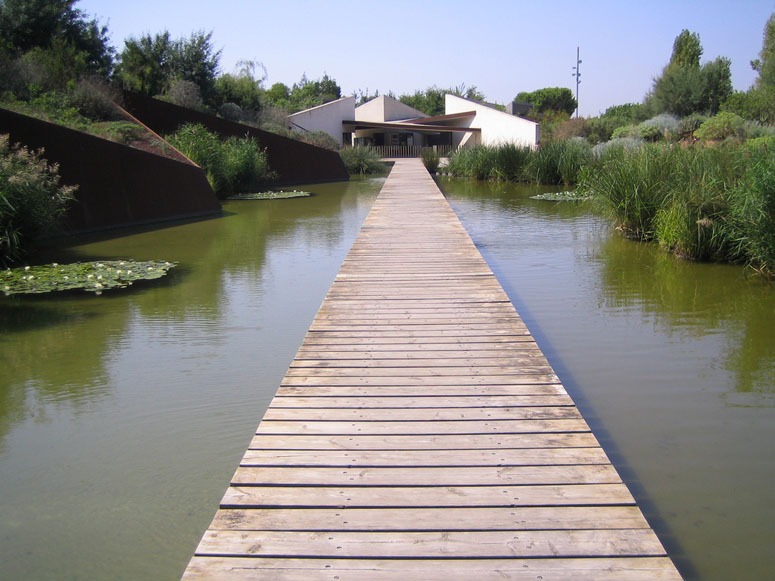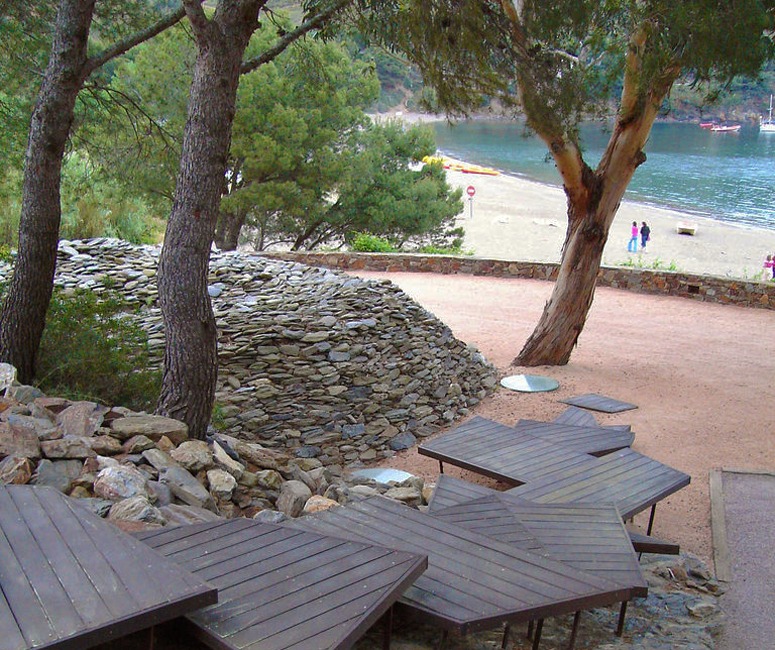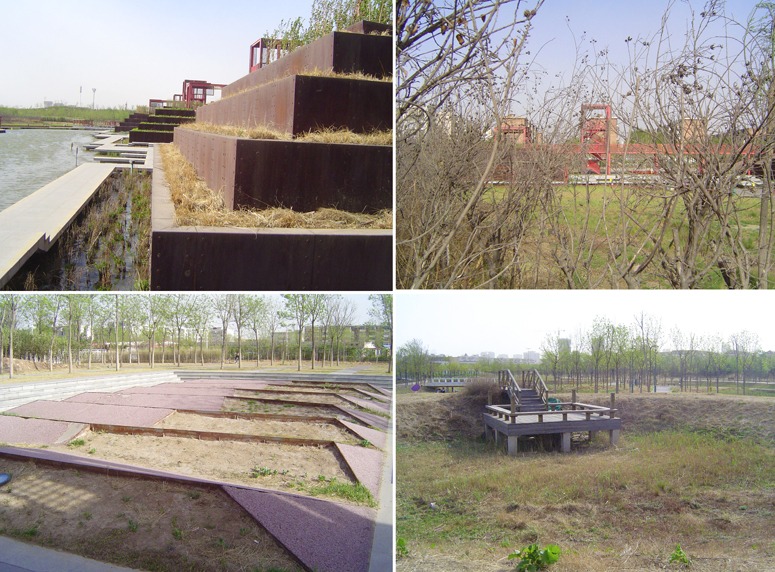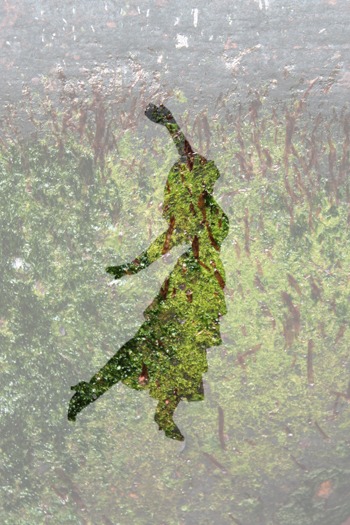It is not often that you see a proposal for a substantial indoor garden, still less one located on an ice tundra, however this is what Leeser Architecture, (who also imagined the engaging Helix Hotel in Abu Dhabi) have proposed in their design for the World Mammoth and Permafrost Museum in Yakutsk Siberia. Yakutsk is the world’s largest city built on permafrost with temperatures ranging from -45degF to 90degF.
The extensive and intensive indoor gardens have been designed to “promote a sense of year-round natural life even in the desolate winter months.”
Not much is said of the about the construction of the landscape elements and gardens. This is a competition afterall, so details will undoubtedly be required later.
The exterior gardens are described as “naturally patterned by the effects of shifting permafrost cycles.” Cells will be planted with native grasses. Mosses and trees will be reintroduced to the landscape to reflect the existing topography and improve site hydrology.
While the interior gardens cascade “at the perimeter of the building’s interior with lush thick mats of moss and lichen” grown between a latticework of pathways.” Moss and lichen are the natural insulators of permafrost ground. The gardens have a number of important functions including to 1) add color 2) insulation value 3) filter indoor air and 4) maintain air humidity.
In one of the gardens floats a cafe, while other gardens can only be viewed from above by visitors but are accessible to researchers.









